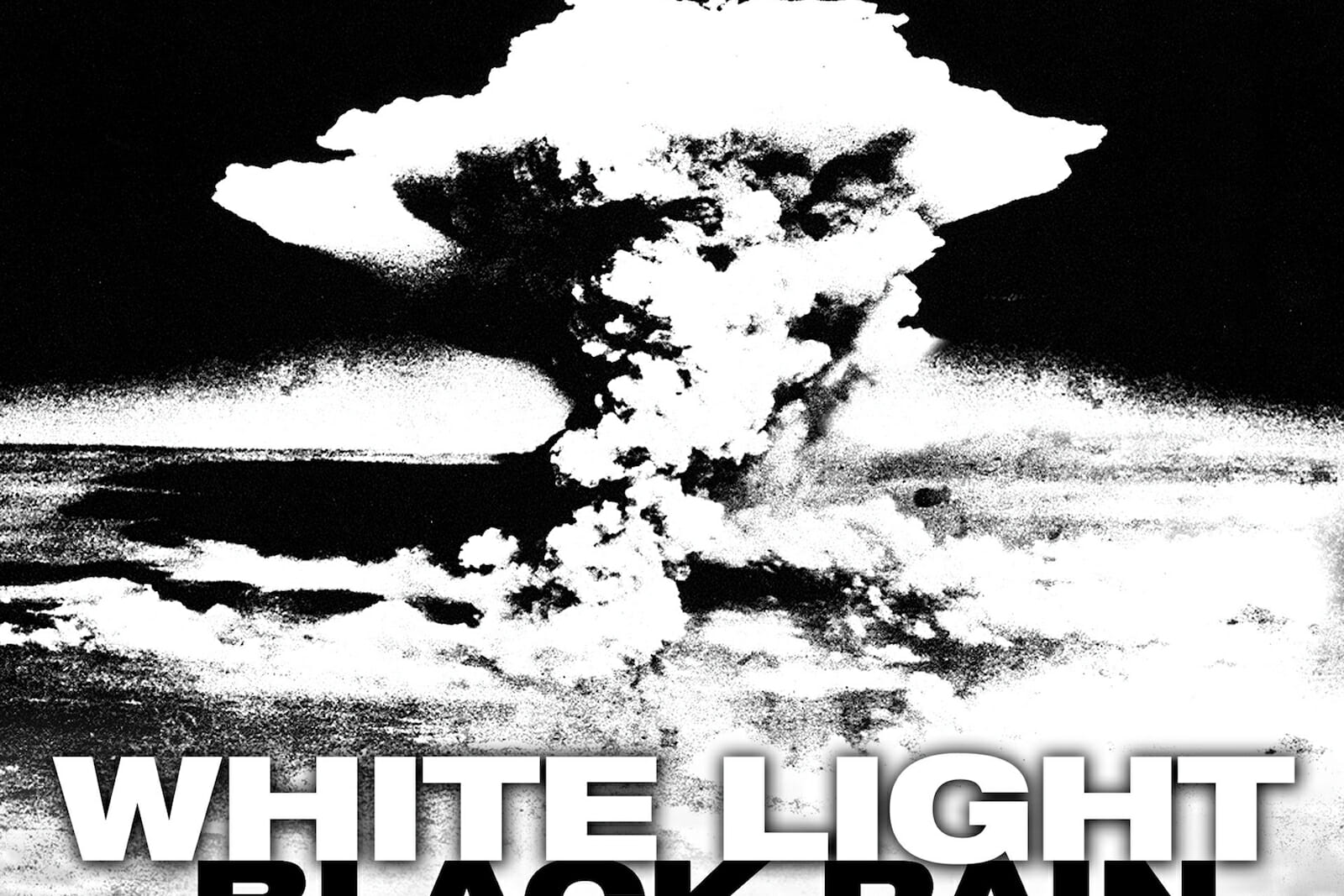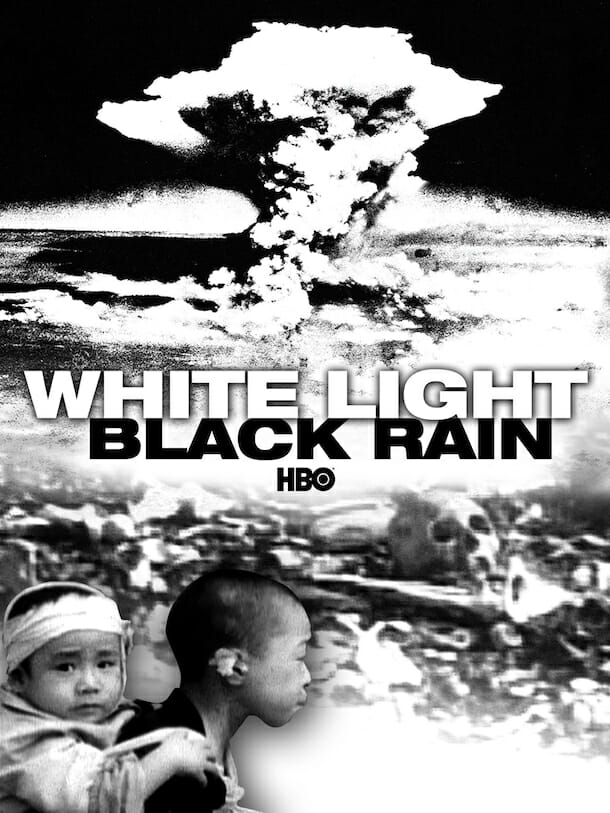
‘White Light/Black Rain: The Destruction of Hiroshima and Nagasaki’: Review
On August 15, 1945, President Harry S. Truman announced on television that Japan had surrendered. This decision was prompted by the catastrophic events of August 6 and 9, 1945, in which the United States of America dropped atomic bombs on the cities of Hiroshima and Nagasaki, causing massive destruction of the infrastructure and loss of human life. What Light, Black Rain provides us with a lens through which to view these events.
It is generally the job of contemporary documentary films to provide us with what the commercial film does not – to shine a light on dark places, draw attention to painful or politically dangerous subjects, create in the audience empathy for those difficult or painful or dangerous subjects. To so flood the viewer with image and sound that the regular senses are overwhelmed and a new climate of sympathy and belief is created. Documentary films are very often vehicles for highly political subjects and/or for events that have become obscure or nearly forgotten. The films become the voice of the almost voiceless. White Light/Black Rain: The Destruction of Hiroshima and Nagasaki is a good example of the genre.
The film opens with the assertion that the events of August 1945 have largely been forgotten, even in Japan. It begins with interviews with young Japanese women in a Hiroshima shopping mall. They are asked: “What happened in Hiroshima, on August 6, 1945?” ( the atomic bomb “Little Boy” detonated over Hiroshima).
None of them knew. Giggling, they say: “I don’t know. I’m bad at history.” “Was it an earthquake?”
The film comments that as 75% of the current Japanese population was born after 1945, perhaps this is not so surprising. But it also makes the point that an event most viewers might regard as absolutely pivotal in world history has become an almost complete nonevent to these young Japanese.
The film effectively weaves commentary – jingoistic US propaganda about Japan and its people and statistics, with powerful images, including some from the manga “Barefoot Gen,” of the victims of the bomb and its aftermath. The people are eloquent, speaking simply and without much emotion about their suffering. They do not dramatize. They are seldom political. Often they seem not to understand their own predicaments which makes them all the more effective as speakers.
Contrast their stoic attitudes with the words of a US TV announcer: “The Japanese people are different from the people of the United States. They are strong in their military. Yet their thinking is 2,000 years out of date.” It is not hard to figure out the message: that the enemy, feudalistic, not quite human, deserves whatever treatment the victor sees fit to hand out.
Perhaps one possible outcome of this film will be the dispelling of this idea of Japanese exceptionalism.

The film moves to Nagasaki’s Urakami Kyokai (Urakami Cathedral), which received a direct hit by the H-Bomb (Fat Man, August 9, 1945). A parishioner says, “We are all Catholics here. Why did the US drop a bomb on us?” It is unanswerable. Why indeed.
(One probable argument: Nagasaki was the locus of the Mitsubishi Shipbuilding Co, a likely target for the bomb. Nagasaki was not a center of arts and culture like Kyoto, which came in for special exemptions from the bombing. State Dept. scholars of Japanese arts and culture successfully argued that Kyoto’s history and culture should be preserved. )
To put it more plainly and painfully, – and accessibly, to anyone who has survived catastrophic events- I quote another Urakami parishioner and one of the “people of the bomb.” She says: “The war has dominated my every memory. To this date I can’t speak my lost sister’s name.” Many survivors express similar feelings of guilt and endless responsibility for the deaths of parents and siblings; they pray for them, visit their graves, tend their memories, carry their photos with them as constant reminders.
“My whole family has died. I wish I had died too. But I have found I still want to live.”
When arguing that Japan was a monolith of feudal thought in 1945, it is necessary I think to separate out the assertions of military and political leaders and those of the common people who believed their job was to follow whatever their betters told them, but who were not fools. They were not easily deceived. They knew that Japan was losing the war. They knew they could not depend on the assertions of the army. “We had no shoes. How could we win the war?”
And not all Japanese survivors of the war turned inwards to a personal sense of guilt. Some finally grew angry with their American would be saviors, who offered them chocolates and chewing gum. “I shouted: “What’s this? Chocolate! Don’t give me chocolate! Give me my family back!”
The film is also effective in describing the manufacture and deployment and implications of the H-bombs. I won’t dwell on the descriptions of the victims- they are suitably horrifying and effective – but will turn to the comments by makers of the bombs and the pilots.
Almost to a man they express their pride in being involved with the project to produce nuclear bombs. They say that they have no regrets. This was an action that had to be taken. They were just following orders.
However, by the end of the film one man is beginning soberly to ask “what have we done?” “We have opened Pandora’s box. We can’t put the genie back in the bottle.”
The film closes, soberly, with statistics on the construction of nuclear bombs around the world, some 19,000, pointing out that virtually any country which wishes to construct a bomb can do so.

